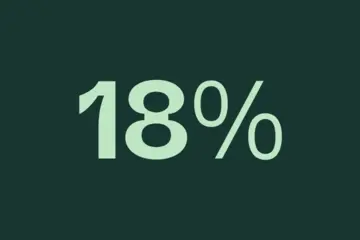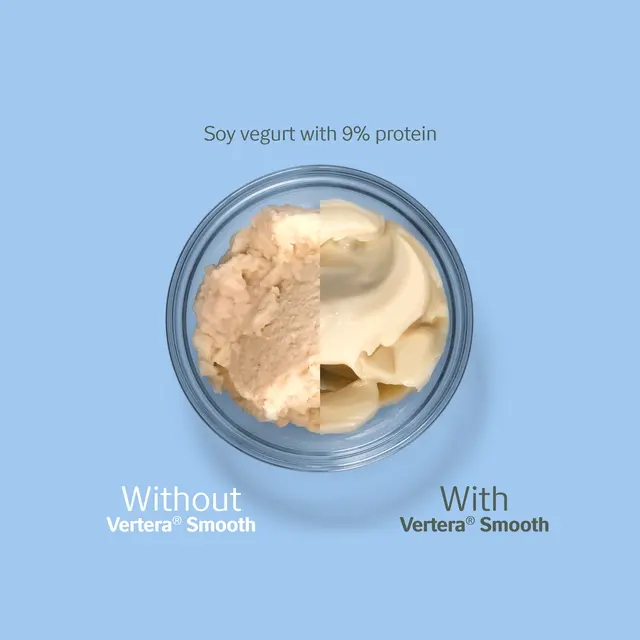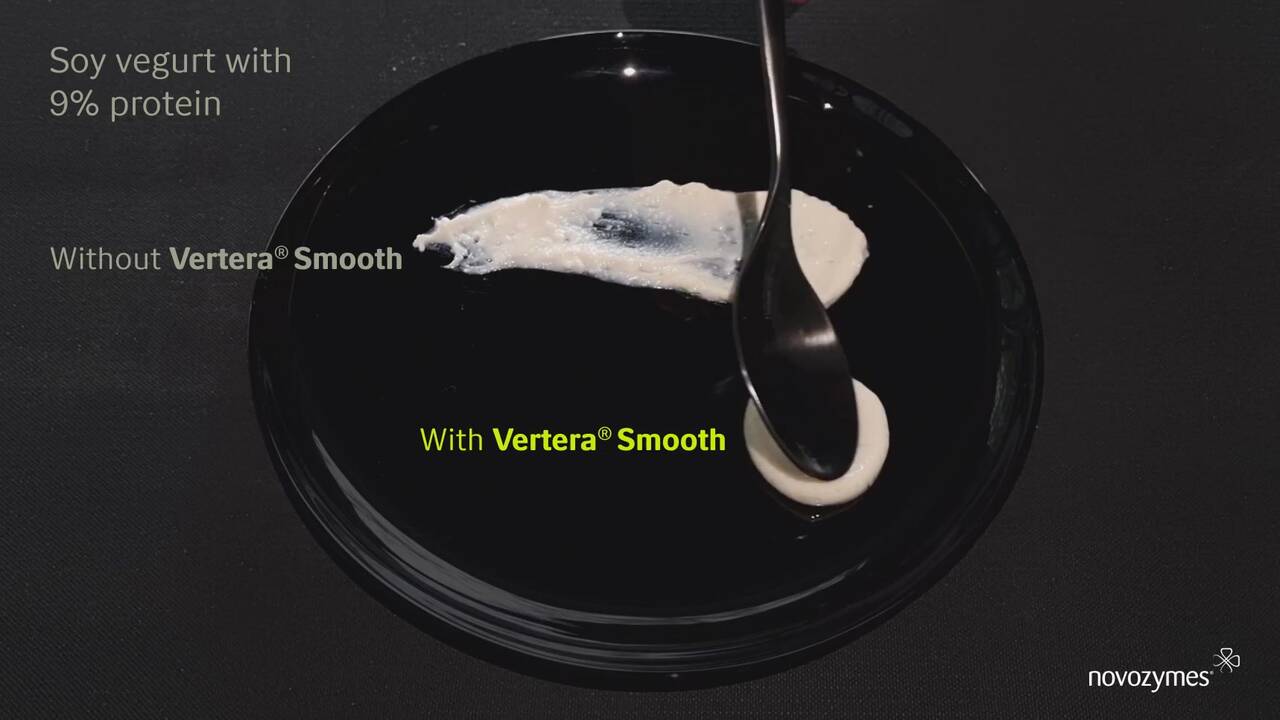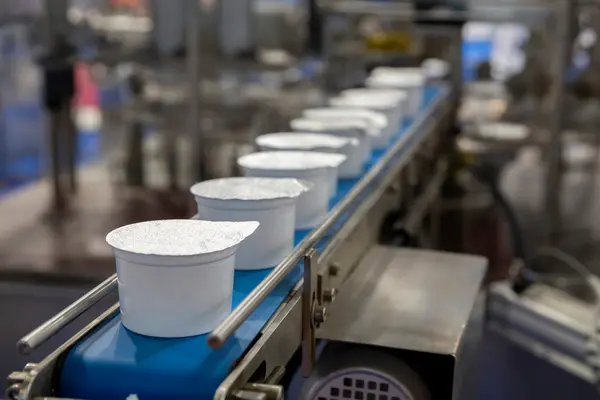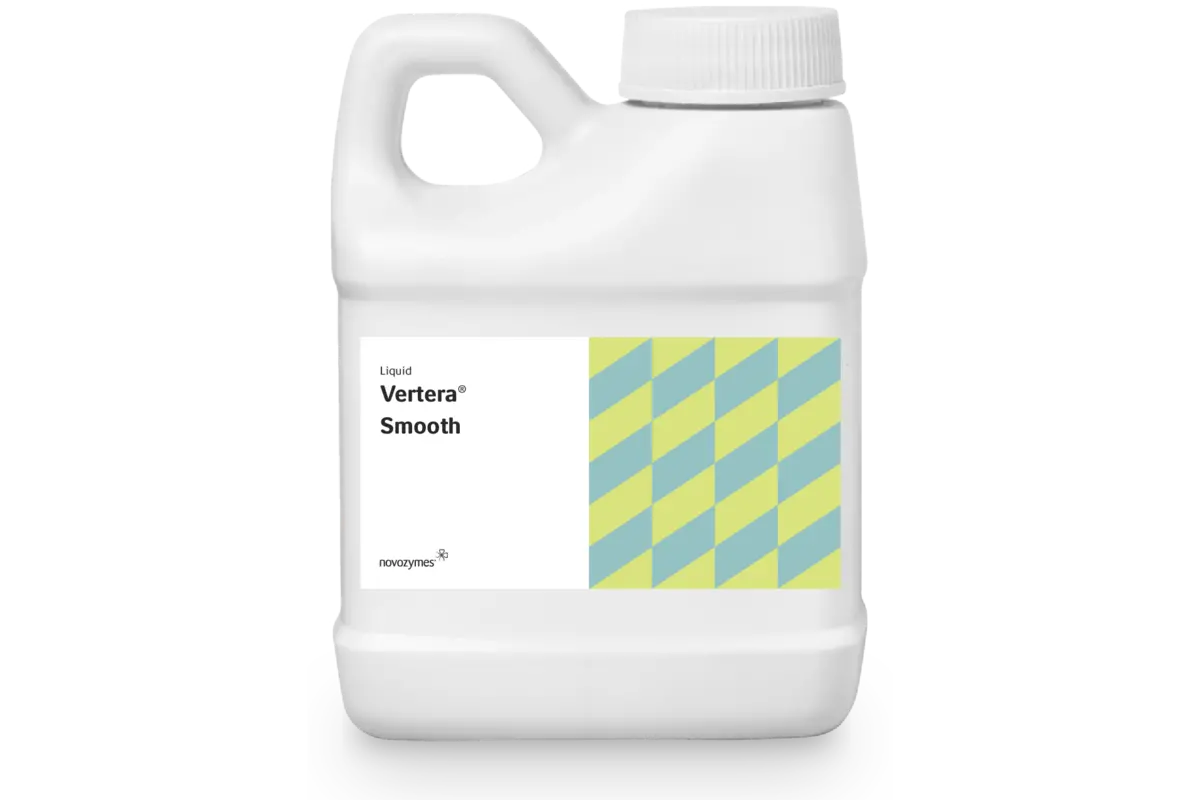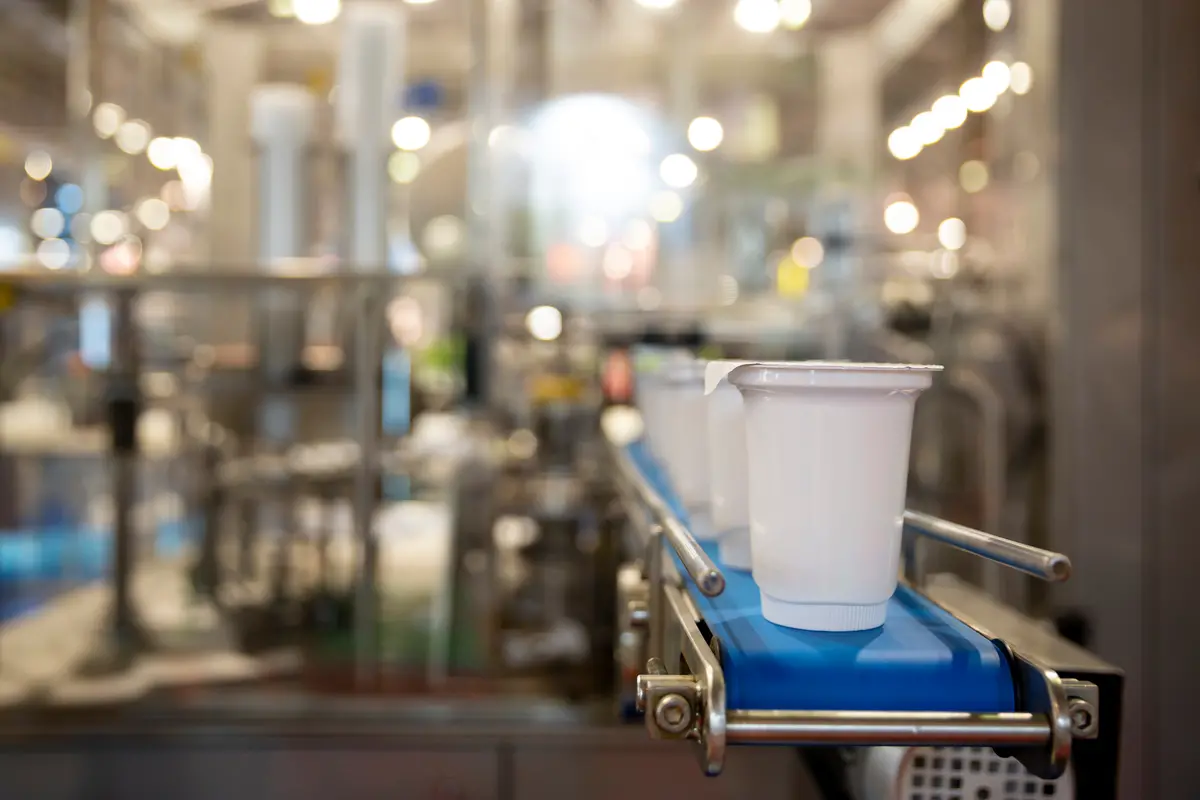The challenges
Consumption of plant-based yogurts is on the rise, and the retail value of the market is expected to grow by 29.9% to 20281. Giving consumers the texture, protein and simpler labels they want from plant-based yogurts can be a challenge. Turn the challenge into an opportunity with our biosolutions.
Nutrition is key for consumers: 85% pay attention to the nutrition label when buying2. But they also care about ingredients and texture.




